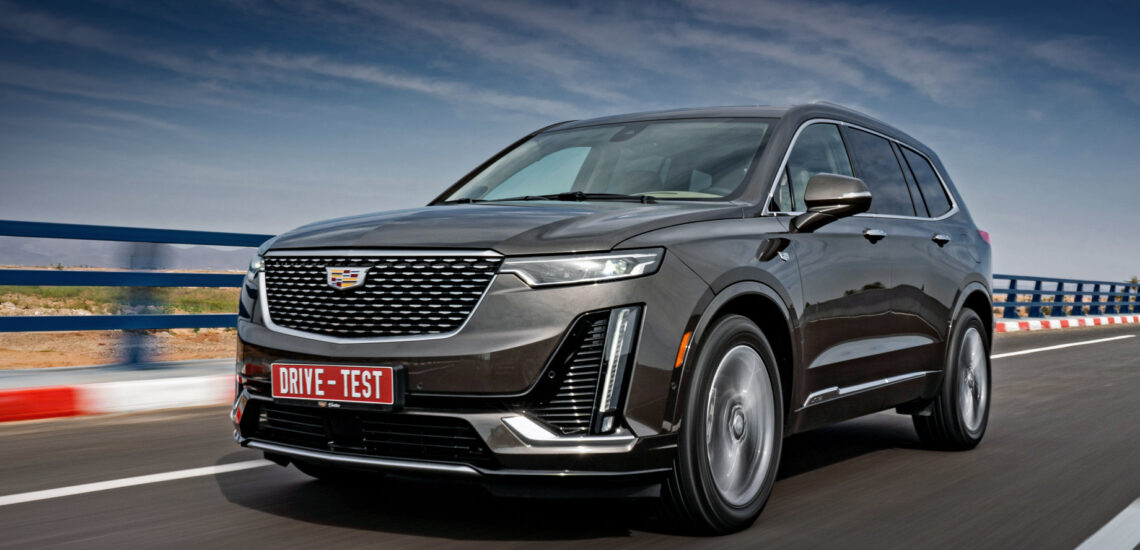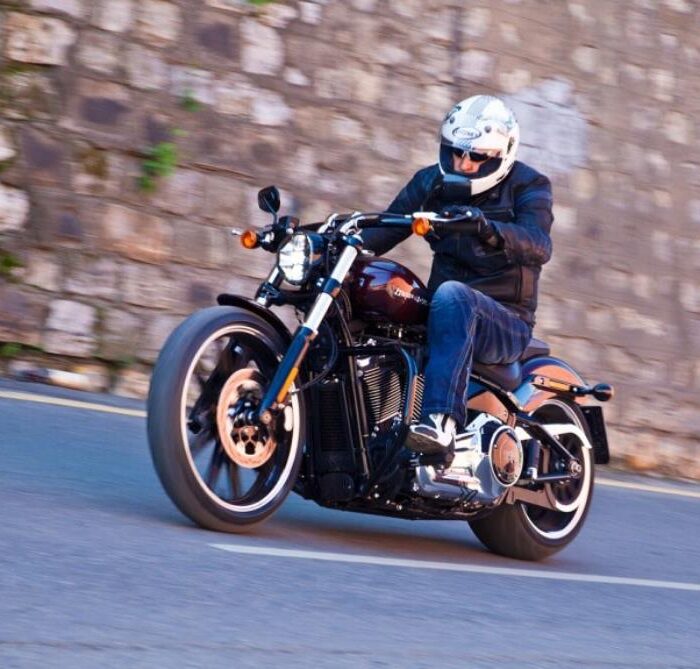Kicking up dust on Moroccan roads in the Cadillac XT6 crossover
For many years, the General Motors representative office neglected the tax burden on Cadillac owners. A rare Cadillac could boast of preferential power. There is another extreme now. The new 2.0 LSY turbo engine of the full-size XT6 crossover is downtuned from the already profitable 241 hp to 200. Or rather, up to 199.9 hp according to the certificate of title. Yes, the tax is reduced by almost half in this case. But is it really important for a car with such a high cost? It’s not bought with the last of the client’s money. But 40 horses, as the test shows, will definitely not be superfluous.
The sixteen-feet XT6 closes with its large body the gap between the Escalade, with which they share a spacious interior with three rows of seats, and the mid-sized XT5. It is with the latter that the XT6 shares a platform with a cross-mounted power unit and a four-wheel drive scheme. Or rather, schemes. There are also two options to choose from.
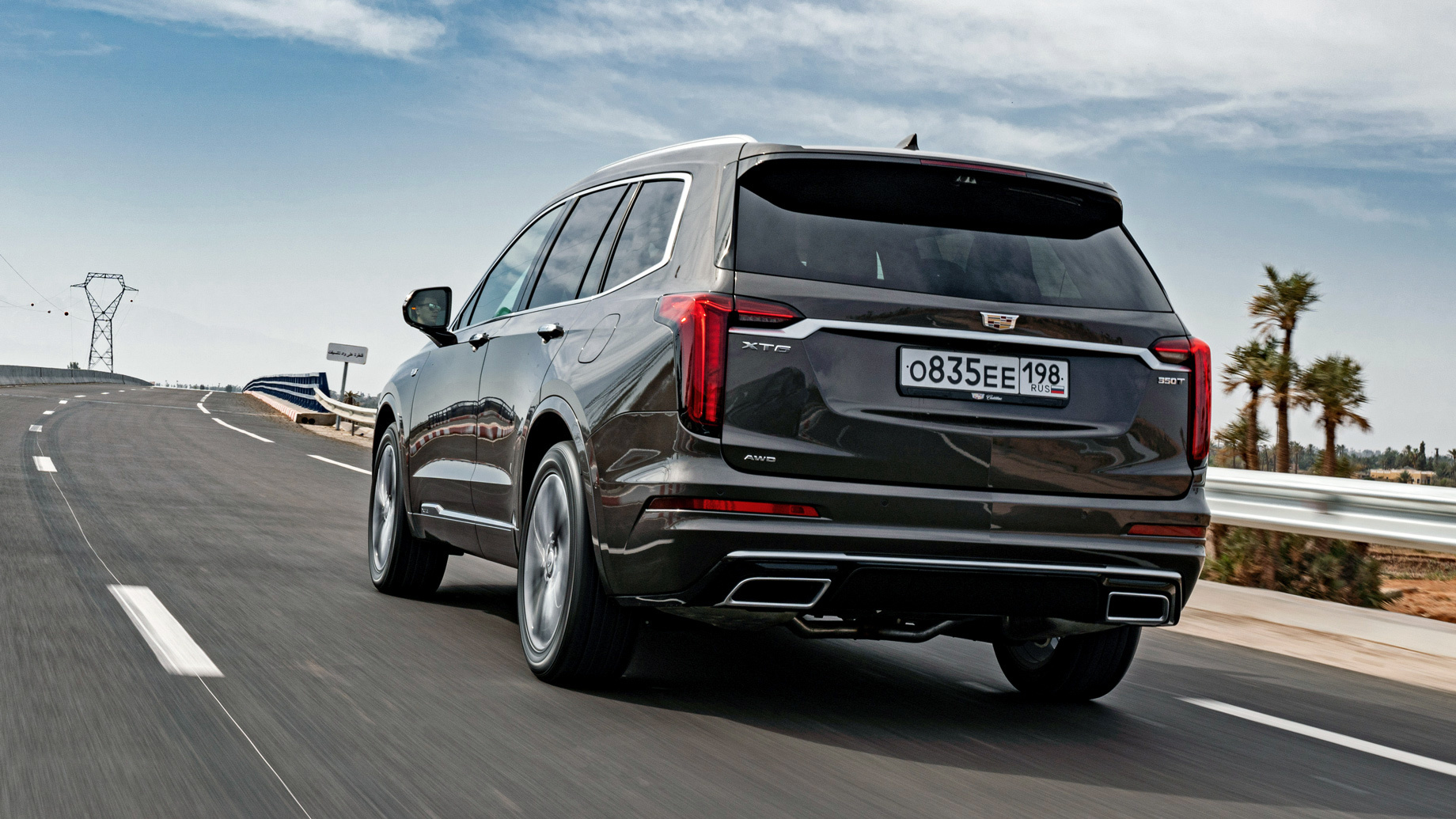
The Premium Luxury configuration has two clutches: a multi-disc in the section of the right rear axle and a cam in the GKN transfer box. During the disconnecting, they relieve a driveshaft from labor duty in order to reduce mechanical losses and save fuel. In the Sport version, another clutch is added for the left rear axle. Thus, the differential is abolished and it becomes possible to control the thrust vector, which is still sparse — a two-liter turbo-four produces no more than 350 N-m.
I like the way the Cadillac looks. Vertical running lights, competing in size with headlights, seem slightly pretentious, but don’t hurt the integrity of the image. Sills are covered with doors, but Moroccan dust gets inside through the rubbers. The arches of the rear wheels remained completely defenseless. Passengers of the second and third rows should be careful when entering the car.
The lid of the spacious trunk has an electric drive equipped with a motion sensor, but there are no devices for fixing cargo inside the compartment. The third row is folded and unfolded automatically while the second one can only be folded remotely. The seat backs form a flat floor. Closer to the fifth door, there is a compartment where you can hide a curtain. Even deeper, under the removable tray next to the spare tire, there is a removable tow bar, also included as standard.
A three-seat chair can be replaced free of charge with a pair of separate seats, and only such six-seat cars are represented on the test in Morocco. Even if it was not possible to sit on a solid row, I still see more sense in it. At least the luggage doesn’t fly into the cabin through the aisle between the seats.

There is plenty of space in the back, and with my 5’5, it’s not bad in the back row. A taller colleague (6’1) notes the low height of the seat installation – the knees are almost near the ears. There’s also nowhere to put your feet: they don’t fit under the front seat. Nevertheless, the third row can’t be called purely for children.
The interior is trimmed according to the principle of “super rich”. The Platinum pack includes semi-aniline leather, the friction properties of which leave much to be desired, and an alcantara-trimmed ceiling. I had mixed feelings: it seems to be elegant, but there is already a little overdose of textures. The forward view is spoiled by the plump front pillars, but the wiper blade comes almost close to the left.
If all the rear head restraints are folded, you can see the road in the rearview mirror. However, a digital mode, when the reflection gives way to a picture from the camera, is also quite appropriate for a three-row car. The margin of its resolution allows you to slightly adjust the viewing height and angle. I like the picture, although it requires refocusing your eye, and therefore habits. In addition, the case and the mirror are very heated in the process. But you can keep the reflective element directed to the back row and, turning off the camera, observe the passengers. Parents will appreciate it.
The highlight of the multimedia system is the NFC module: you simply bring a compatible Android smartphone to the tag and establish a Bluetooth connection. iPhones require an app. The newfangled USB-C connectors are wisely duplicated with USB-A slots. On the central tunnel in front of the armrest, there is a niche for vertical wireless charging, which fits a rather big iPhone Plus in a case.. Well, it is impossible to delay the start anymore.
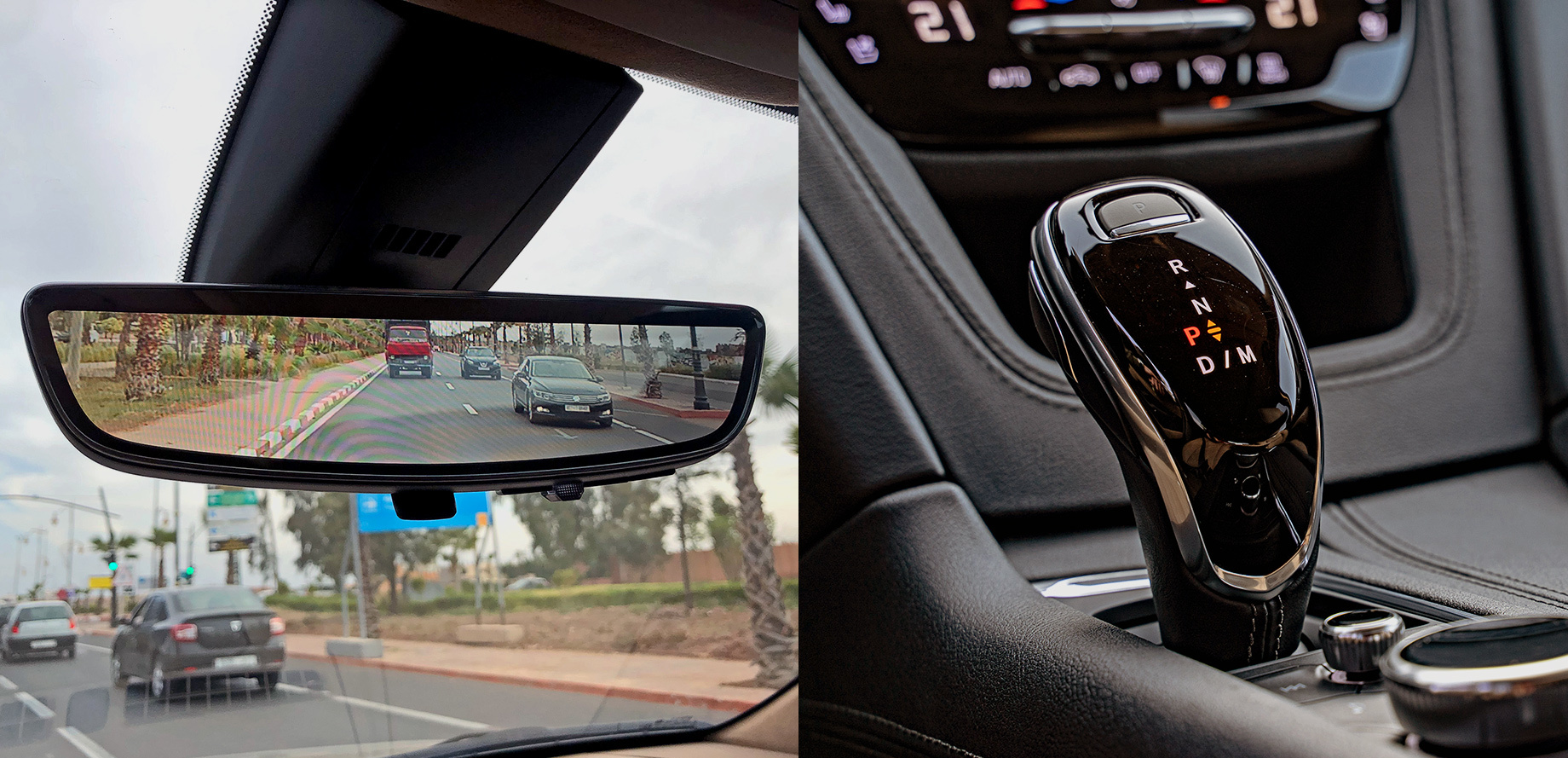
The capabilities of a 200-horsepower turbo engine are not enough for the two-ton crossover. There is no place for emotions in acceleration. It pulls smoothly — that’s okay. It’s useless to take it to the max: you won’t achieve any special dynamics anyway. There is just enough thrust to avoid calling the Cadillac a vegetable in civilian modes. However, overtaking at speeds of more than 60 mph requires tension. But the muffled, albeit slightly harsh sound of the four-cylinder engine is pleasant in its own way. And the nine-gear automatic transmission shifts gently, absolutely seamlessly.
In general, there is no family car with such a modest energy capacity in the premium segment. Only the 200-horsepower seven-seat Discovery Sport comes to mind, but it is more than one and a half hundredweight lighter and more dynamic. Given the logbook acceleration to 60 mph in 9.9 seconds, the Cadillac is just right to oppose mass models. The Korean Santa Fe and Sorento Prime with dead 2.4 aspirated engines are inferior to it by only half a second. Interestingly, the same ten seconds are claimed for the more compact Cadillac XT5..
Isolation from external noise is not bad: thanks to the front double-glazed windows. I don’t exclude that the full-time Bose active noise reduction system also contributes. But the smoothness of the ride with adaptive shock absorbers is flawed. Small irregularities, as well as pits with sharp edges, pass into the cabin with annoying pokes. The crossover shakes under the influence of a short wave and shows sensitivity to microprofile on rough asphalt. I don’t know how the XT6 behaves with conventional stabilizer links — there are no such cars in Morocco.
However, such settings have a reason. The heavy car responds to actions of the steering wheel in a light way: clearly and quickly. There is almost no inertia in the reactions, the rolls are also little. The return effort on the steering wheel is moderate and increases logically. Provocations at speed are countered by the stabilization system, turning to the brakes on the least occasion. But narrow Moroccan roads that don’t leave room for maneuver hinder the evaluation of the behavior of the Cadillac in extreme modes. It is really scary to increase speed on a mountain spiral road half a meter from the abyss. In addition, oncoming traffic is sudden and wild.
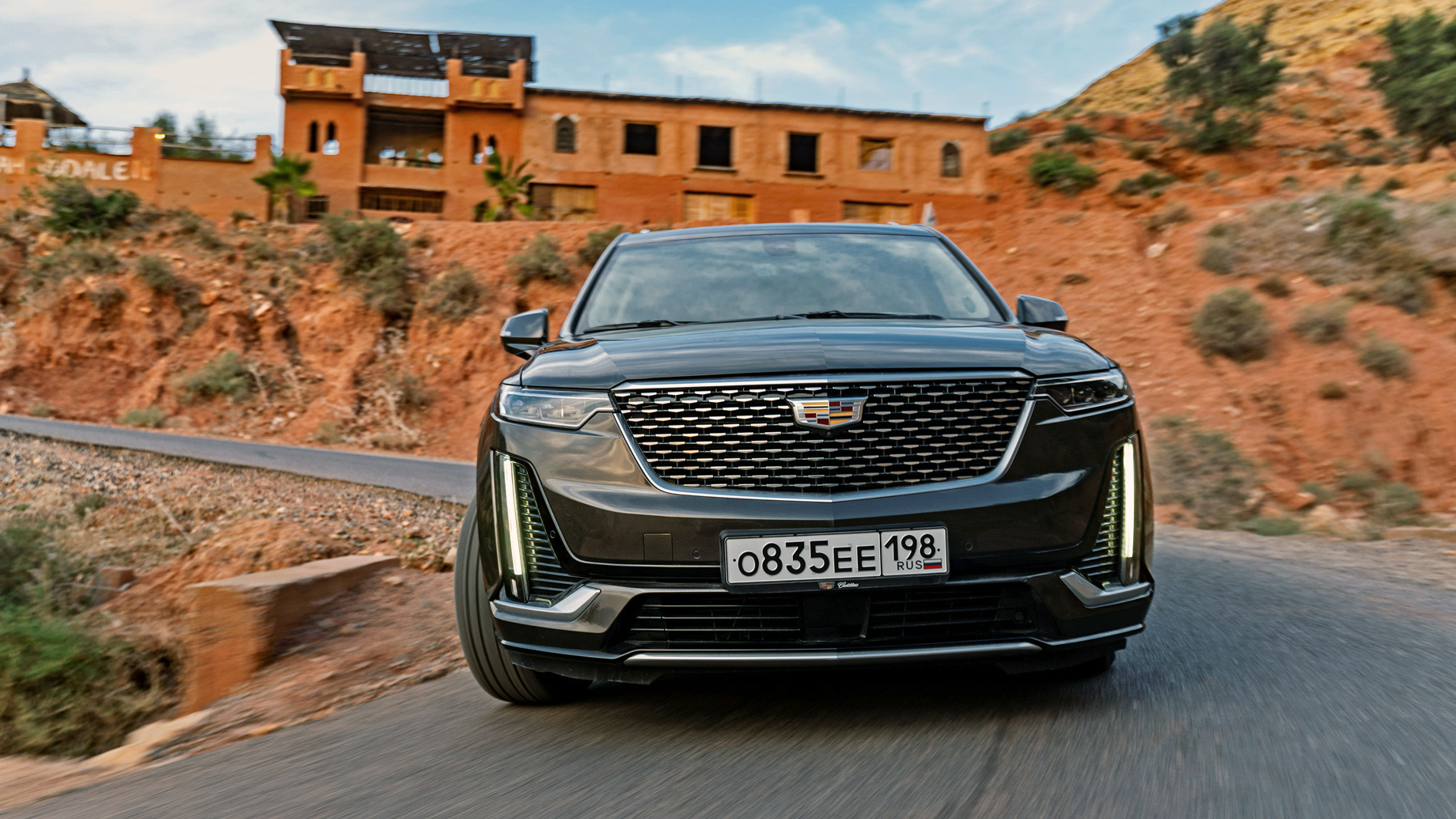
The sluggish dynamics and the already clamped chassis don’t encourage the use of a sport mode, but it is there. As usual, complex: it is impossible to change the settings of different components separately. Additionally, the suspension is clamped, reproducing the terrain in more detail. The steering wheel becomes heavy, although not to the detriment of informativeness. The accelerator doesn’t become more responsive, but the automatic transmission uses lower gears more often and holds the current one for deceleration longer.
Sport mode is useful only for a journalist. This makes it easier to catch the difference in the behavior of a crossover with different types of transmission. On dry asphalt, the non-differential X6 Sport stands out only by the fact that it enters a turn with gas a little more actively than a car with two clutches. The difference is more noticeable on gravel. Here Sport seems playful: it hints more clearly at the possible development of a skid. However, electronics anyway interfere before the slip begins — safety is above all.
I don’t like the brakes. The pedal is tight and jelly, there is absolutely not enough information. And the deceleration efficiency leaves much to be desired: the XT6 stops with its last bit of strength. Off-road, by the way, is also not for the Cadillac which has a purely passenger geometry. As soon as you turn off the road, the front bumper rests against the first bump. Traction control is also not very smart: it feels like when there is a lack of traction, the electronics slow down all the wheels at once. You step on the gas, and the car is standing..
In real life, the Cadillac is perceived more like a large family station wagon or minivan, if you count the seats. Despite its all-wheel drive, it is better not to include it in the list of all-terrain vehicles. It is quite a normal alternative as a city or suburban transport to, say, the elderly Infiniti QX60.
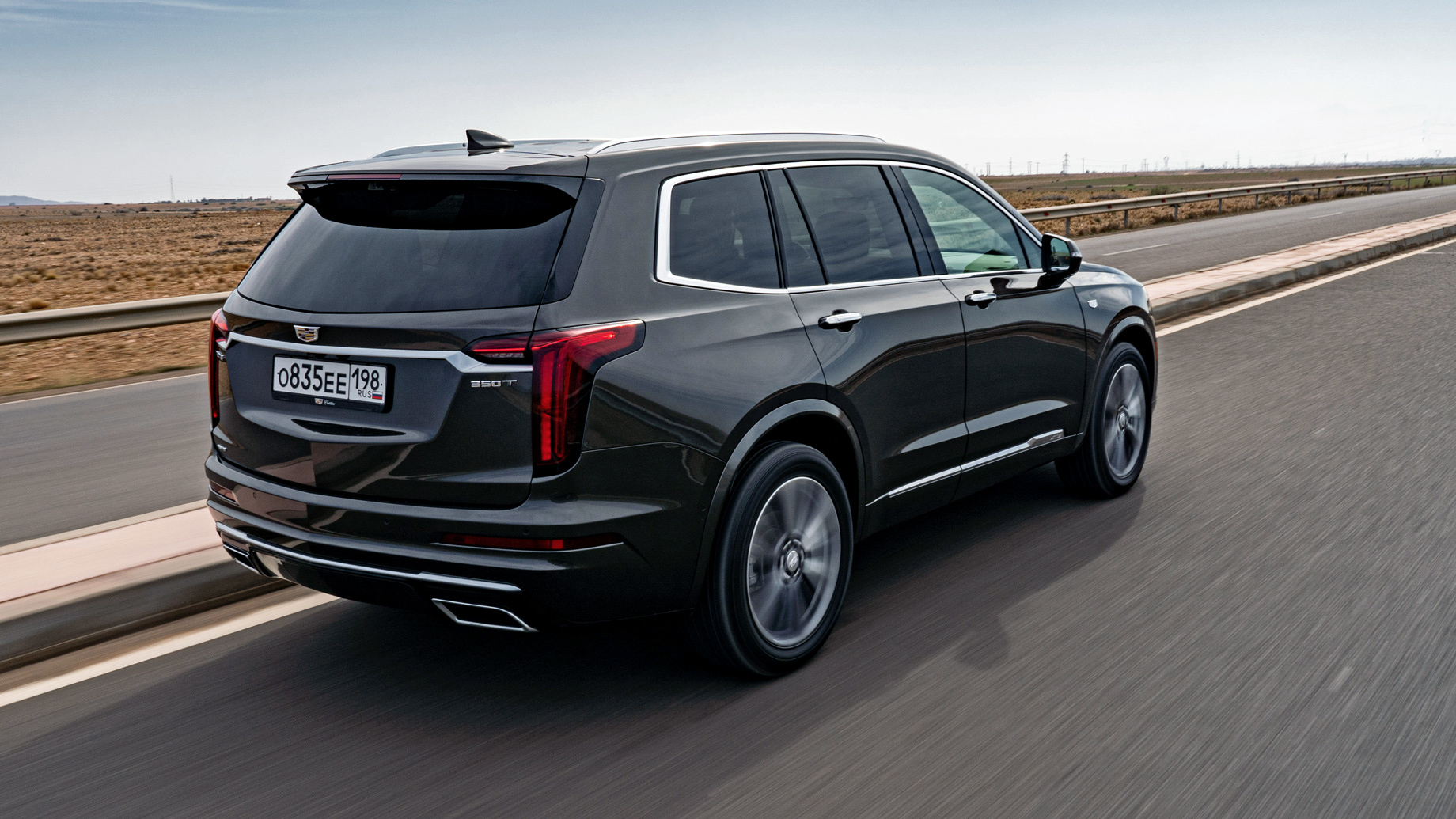
In my opinion, the more expensive Lexus RX 350L is also no better than the Cadillac. But the Volvo XC90 is still more interesting. Not to mention the recently updated Audi Q7. Of course, European models in optimal configurations are more expensive, but they are equipped with the most popular on our market diesel engines. I’m afraid two hundred gasoline horsepower won’t take the Cadillac to any noticeable positions.
This is a translation. You can read the original here: https://www.drive.ru/test-drive/cadillac/5e6a1cb4ec05c4d004000015.html

